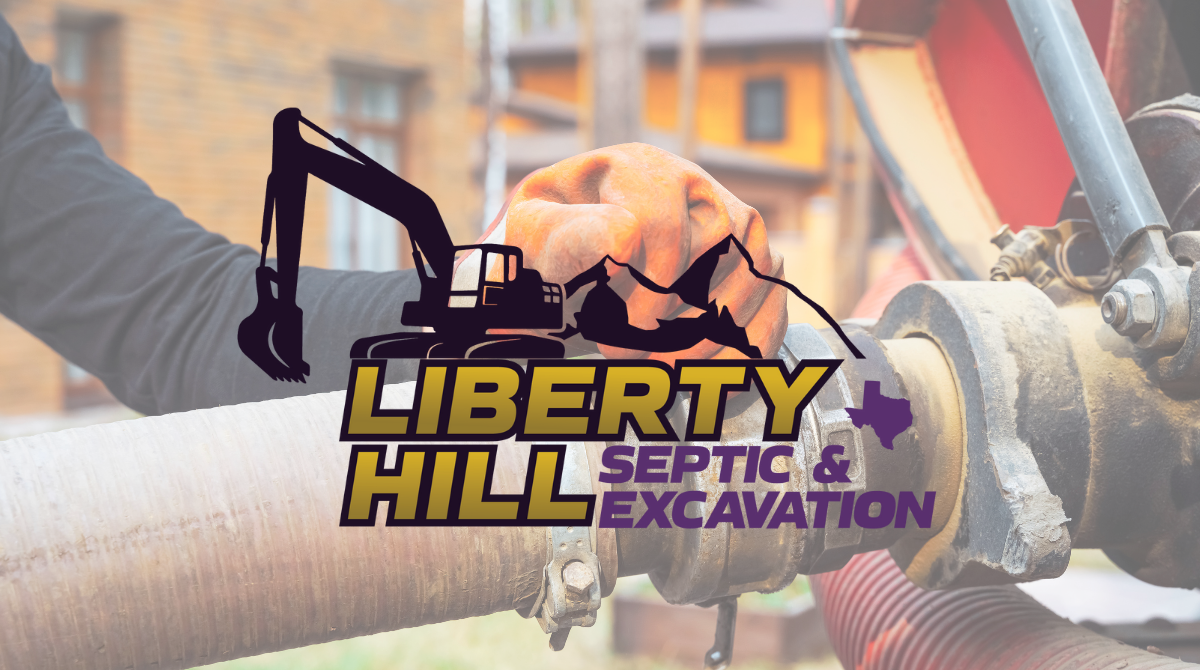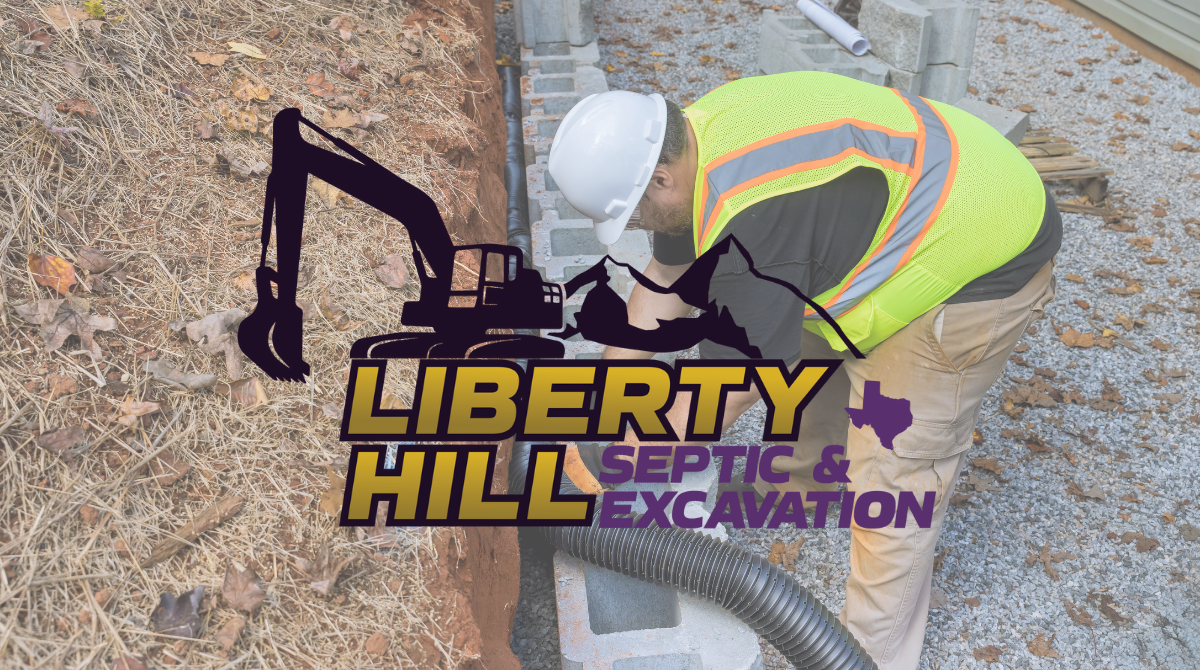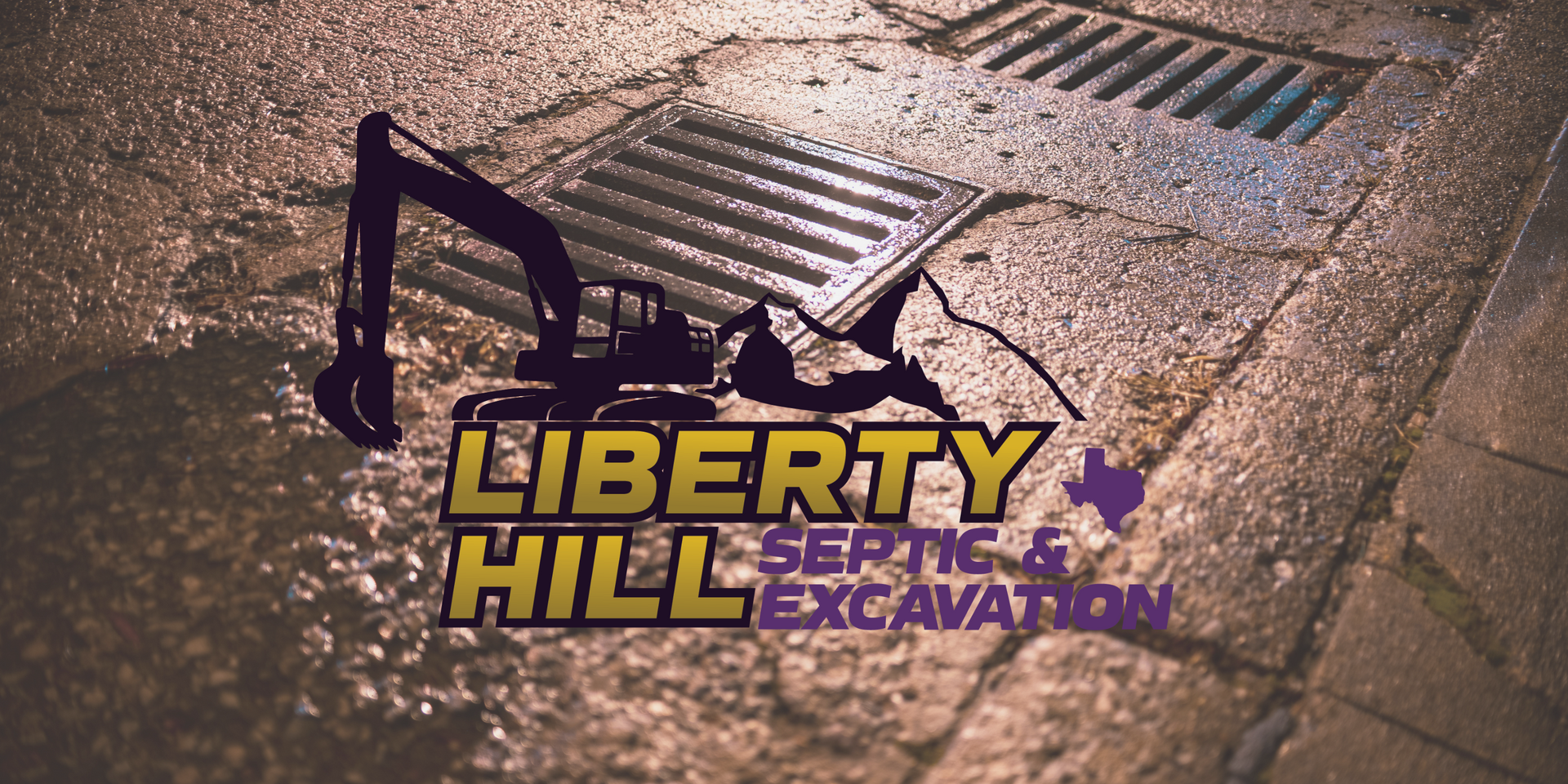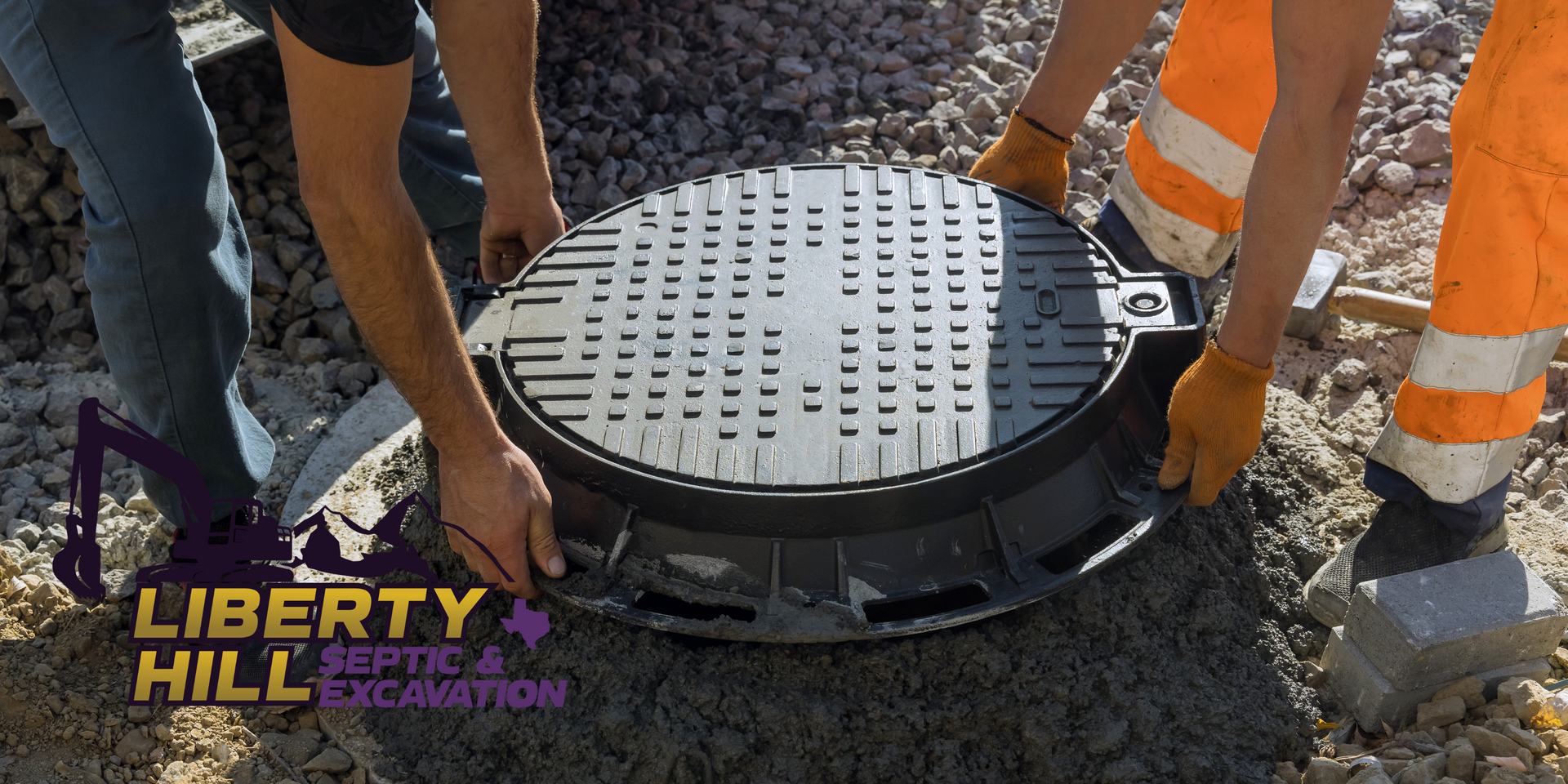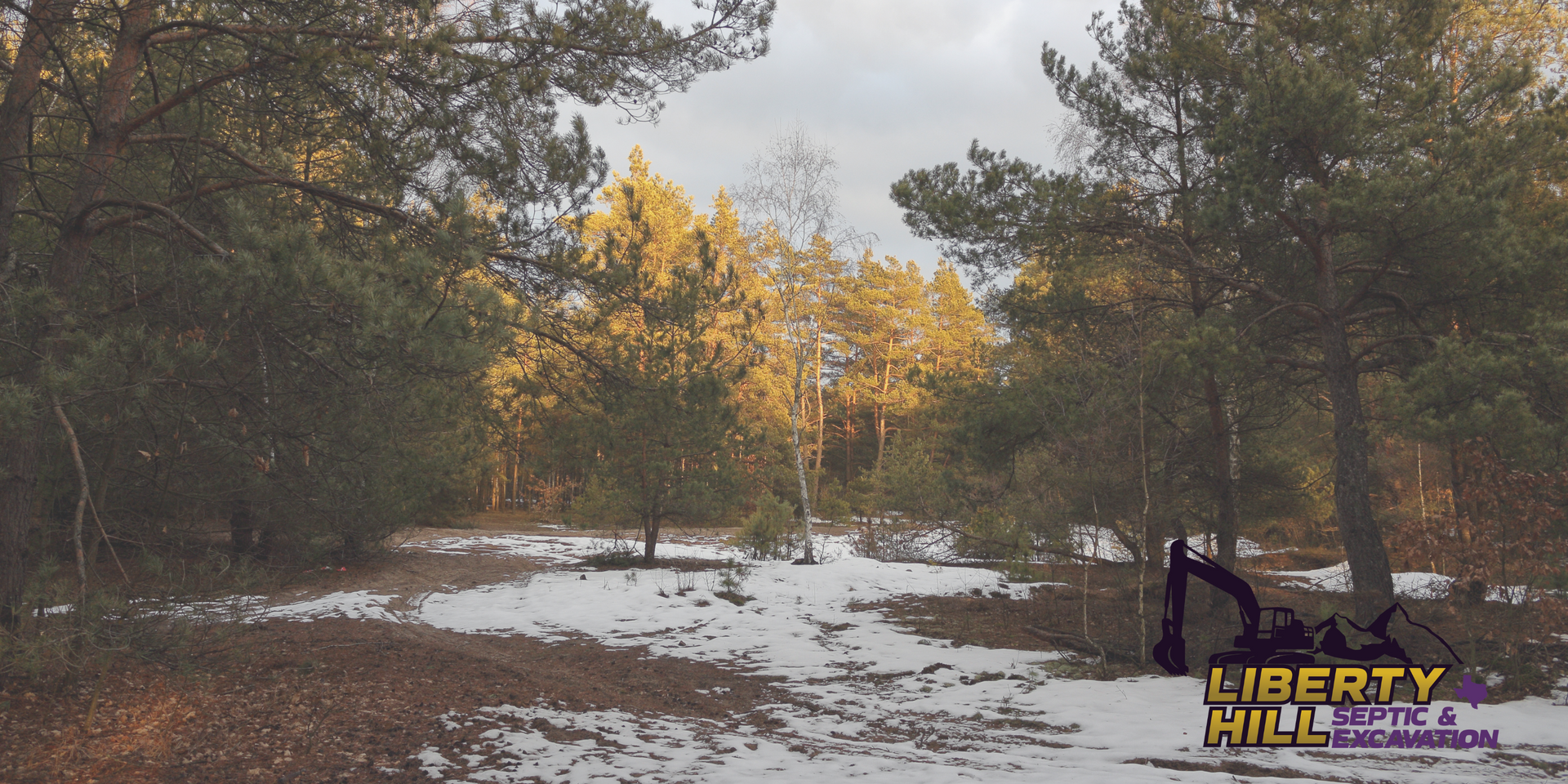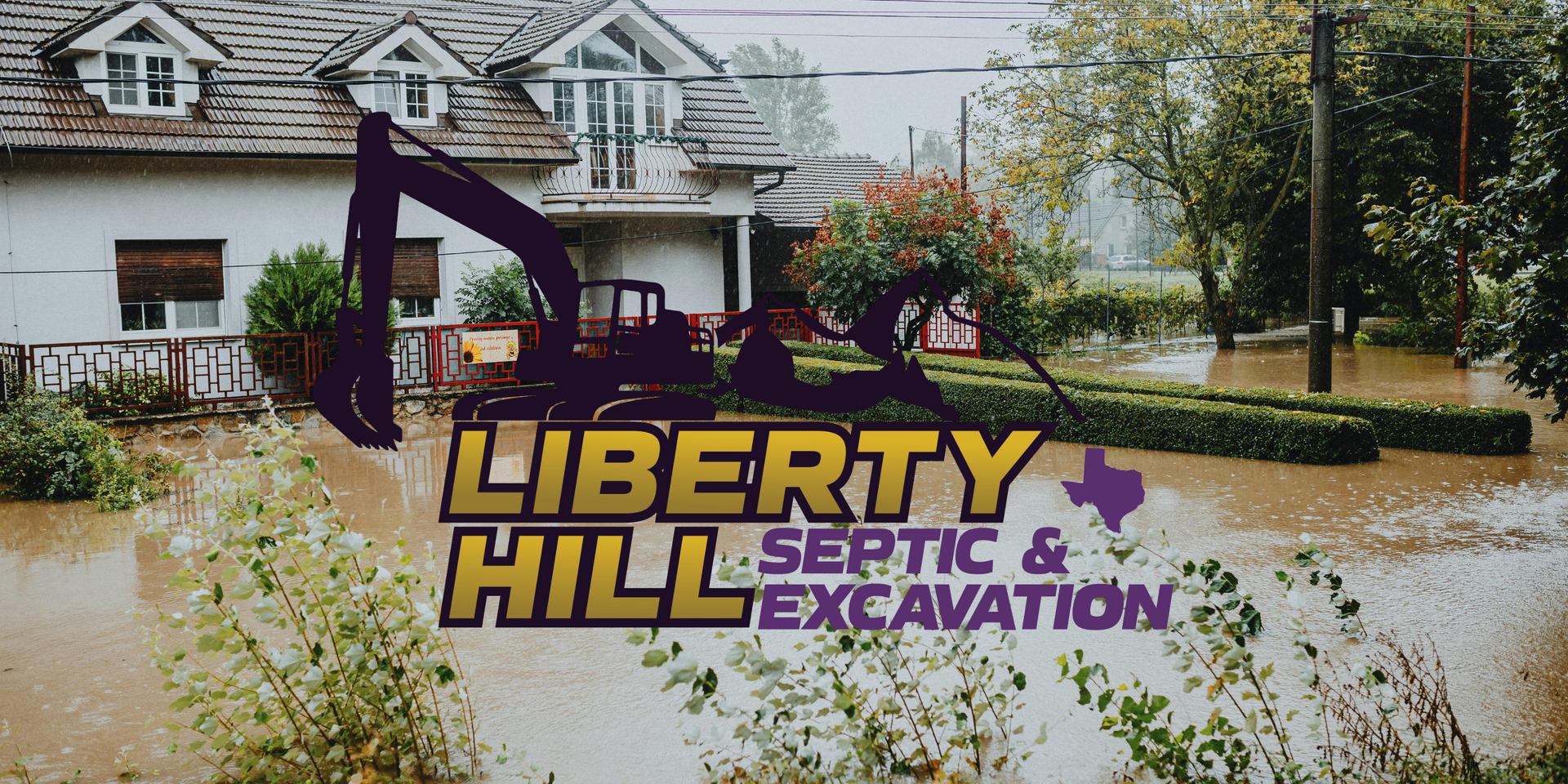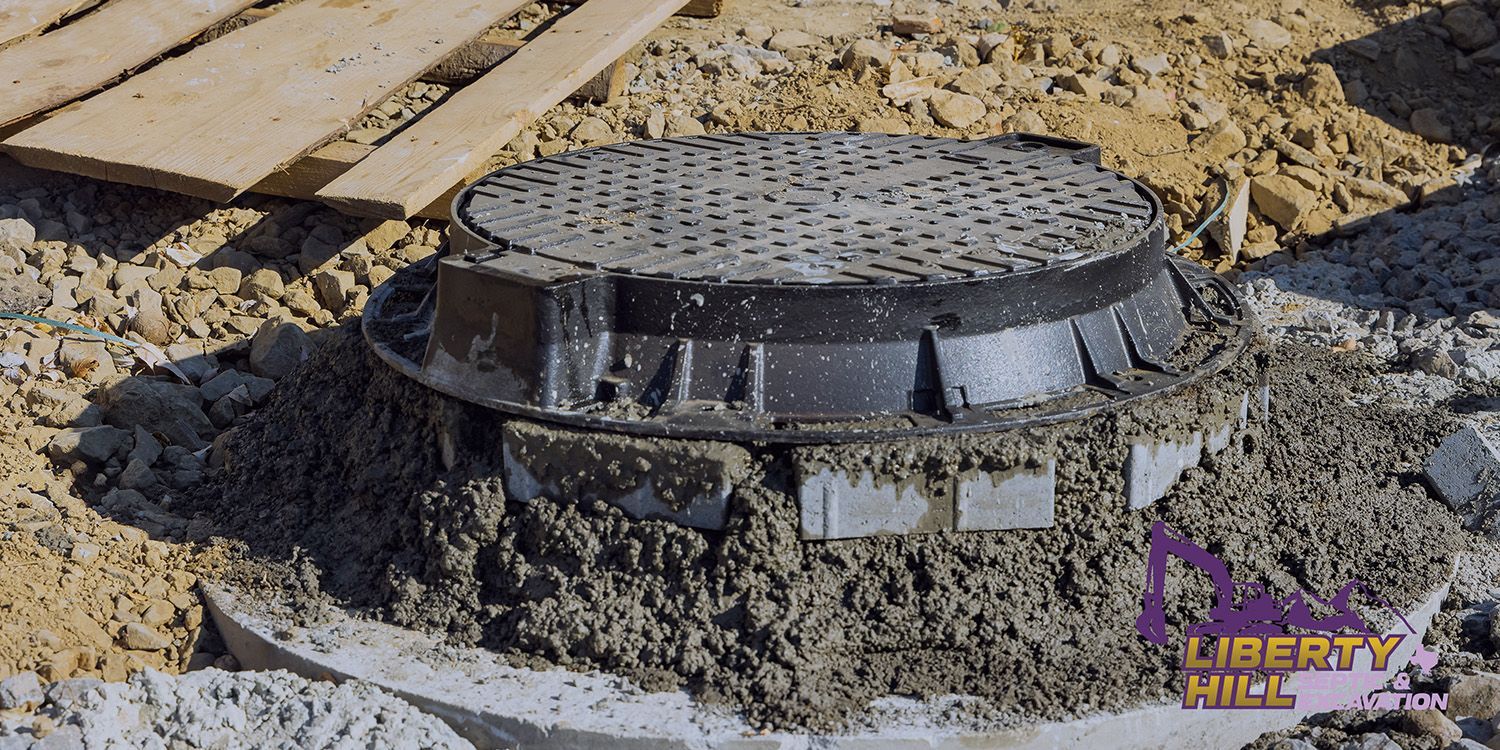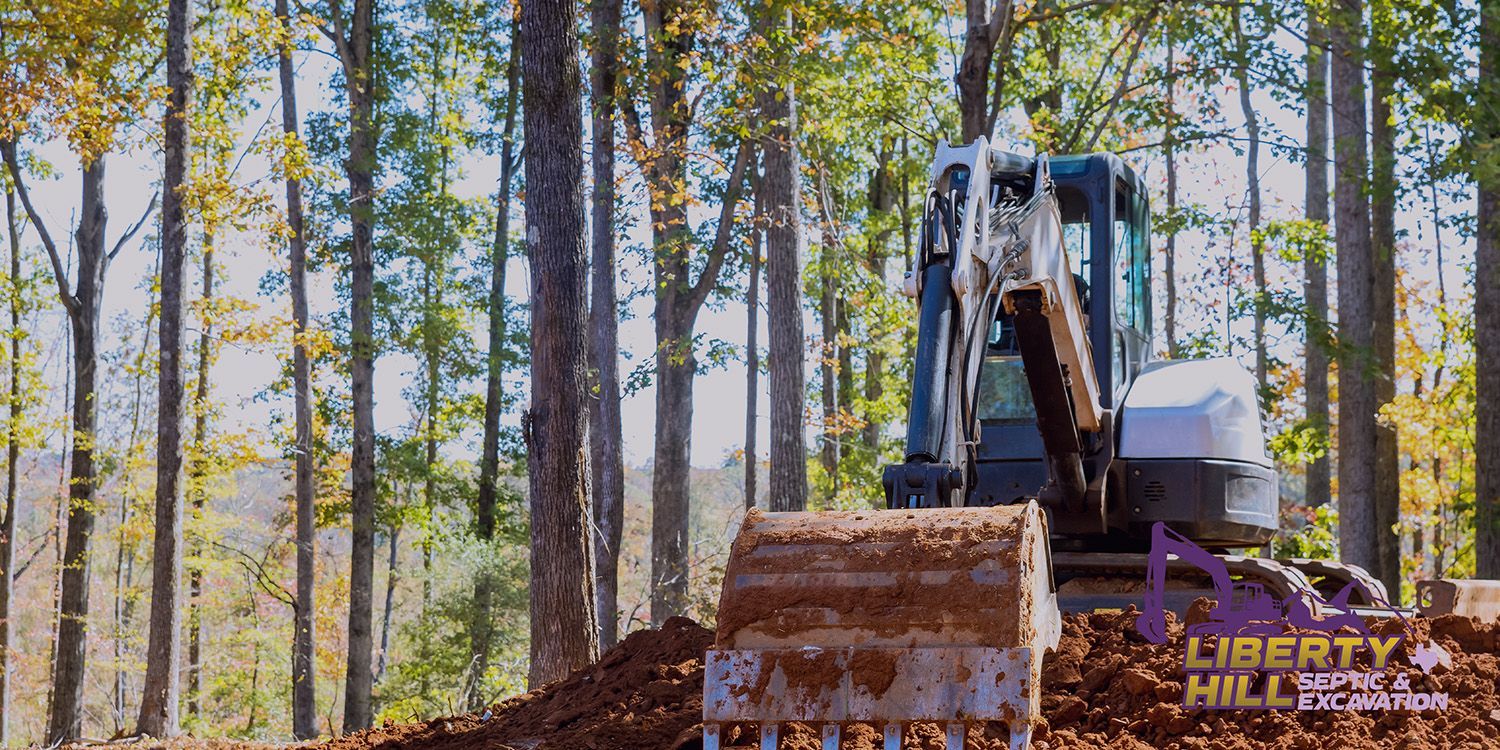September 5, 2025
Fall is here, and with it comes a change in weather that can bring soggy conditions and potential flooding. It's that time of year when we all need to think about our property's drainage. Ignoring it can lead to a lot of headaches, like water in the basement or even structural damage. Luckily, a little bit of preparation goes a long way. This guide will walk you through what you need to do to get your home or business ready for the wetter months ahead, focusing on how proper drainage maintenance near me can save you from a lot of trouble. Key Takeaways Keep gutters and downspouts clear of leaves and debris to allow rainwater to flow away from your home's foundation. Check your sewer lines for tree root intrusion, as these can cause blockages and pipe damage. Test your sump and ejector pumps to make sure they are working correctly before heavy rains hit. Seal any cracks or gaps in your foundation and ensure your landscape grading directs water away from your house. Consider professional services like sewer rodding for a thorough cleaning and to prevent future backups. Proactive Property Drainage Maintenance As the leaves start to turn and the air gets a bit crisper, it's time to think about getting our properties ready for the wetter months ahead. This isn't just about aesthetics; it's about preventing some serious headaches down the road, like basement flooding or foundation damage. Being proactive with your drainage system now can save you a lot of trouble and money later. Clearing Gutters and Downspouts of Debris This is probably the most common thing people think of, and for good reason. Those gutters and downspouts are the first line of defense against rainwater. When they get clogged with leaves, twigs, and whatever else the wind blows in, water has nowhere to go but over the edge. This can lead to water pooling right next to your foundation, which is never a good thing. Make sure to clear them out regularly, especially after big storms or windy days. It’s a simple task, but it makes a huge difference. Inspecting Sewer Lines for Root Intrusion Tree roots are sneaky. They’re always looking for water, and your sewer line is a pretty attractive source. Over time, small roots can work their way into pipe cracks, causing blockages or even breaking the pipes. If you have mature trees near your sewer line, it’s a good idea to get them checked out. Sometimes, you can have roots professionally removed before they cause major damage. It’s a bit more involved than cleaning gutters, but it’s worth it to avoid a sewage backup. Testing Sump and Eject or Pump Functionality If your home has a basement or a crawl space that tends to get damp, you likely have a sump pump. These pumps are designed to kick on when water levels rise, pumping the water away from your house. Ejector pumps handle sewage in homes without gravity-fed systems. It’s really important to test these pumps before the heavy rains start. You can usually do this by pouring a bucket of water into the sump pit to see if the pump activates and discharges the water. If you’re not comfortable doing this yourself, or if you suspect an issue, call a professional. A failed pump during a heavy rain can lead to a flooded basement pretty quickly. Addressing Potential Water Intrusion Points As the weather shifts, it's smart to think about where water might try to sneak into your home. Little openings you might not even notice can become big problems when the rain really starts coming down. Taking a look at these common entry points now can save you a lot of hassle later. Sealing Cracks and Gaps in Foundations Your foundation is like the first line of defense against water. Over time, tiny cracks can appear, especially where the foundation meets the ground or around windows and doors. These aren't just cosmetic; they're highways for water. You'll want to inspect your foundation walls, both inside and out if possible, for any signs of damage. Filling these gaps with a good quality, waterproof sealant is a straightforward way to stop water before it even gets a chance to seep in. It’s a bit like patching up a leaky boat – you want to do it before you hit rough waters. This is a key step in prevent water intrusion into your basement. Installing Window Well Covers for Basements Basement windows are often set into window wells, which are basically little pits dug around the window to allow light in. When it rains heavily, these wells can fill up with water like a bathtub. If the window itself isn't perfectly sealed, or if the well drains poorly, that water can easily find its way inside. Installing sturdy covers over these wells is a simple fix. They act like lids, keeping the rain and debris out, so the well doesn't become a mini-swimming pool right next to your basement. Ensuring Proper Landscape Grading Away From Home Think about how water flows naturally – it always goes downhill. Your yard should be graded so that the ground slopes away from your house, not towards it. If the land slopes towards your foundation, any rain that falls will naturally collect around the base of your home. This constant moisture can weaken the foundation over time and increase the chances of water finding its way inside. You might need to add soil to low spots near your house or even regrade certain areas to make sure water has a clear path to drain away from your property. It’s all about guiding the water where you want it to go, and that’s definitely not into your basement. Comprehensive Sewer and Drain System Care When fall rolls around, it's time to give your home's sewer and drain systems some serious attention. These aren't the parts of your house you think about every day, but they're super important, especially when the heavy rains start. Neglecting them can lead to some really unpleasant surprises, like backups and basement flooding. Scheduling Professional Sewer Rodding Services Think of sewer rodding as a deep clean for your main sewer line. Over time, stuff like grease, hair, and even tree roots can build up in there, slowing down or completely blocking the flow of wastewater. Professional sewer rodding uses specialized equipment to break up and clear out these blockages. It's a proactive step that can prevent major backups and costly emergency repairs later on. For older homes or properties with mature trees nearby, this service is particularly beneficial. It's like giving your sewer line a fresh start before the wet season really kicks in. Checking and Sealing Exposed Pipe Leaks Take a look at any pipes that are exposed, maybe in your basement or crawl space. As the weather changes, temperature fluctuations can make small leaks worse. Even a tiny drip can turn into a bigger problem, potentially causing water damage to your home's structure or leading to mold growth. It's a good idea to inspect these pipes for any signs of moisture, corrosion, or drips. If you find any, sealing them up with the right materials can save you a lot of headaches. It’s a simple fix that makes a big difference in keeping your system working right. Maintaining Basement Floor Drains Basement floor drains are often overlooked, but they're a key part of your home's drainage setup, especially for preventing basement flooding. These drains are designed to handle any minor water accumulation, like from a leaky washing machine or a small spill. However, they can easily get clogged with dirt, lint, or other debris. Regularly checking and cleaning these drains is a must. You can often clear minor clogs yourself with a drain snake or by pouring hot water down the drain. If you notice persistent slow draining or blockages, it might be time to call in a professional to make sure they're clear and functioning as they should. Understanding Seasonal Flooding Risks Fall brings a unique set of challenges when it comes to keeping your property dry. It's not just about the leaves piling up; it's about how the weather patterns of the season can really test your home's drainage systems. We often think of flooding as a spring thaw problem, but autumn can be just as, if not more, problematic. Impact of Heavy Fall Rainfall on Drainage Autumn is notorious for its downpours. These aren't usually the quick, intense thunderstorms of summer, but rather longer, steadier rain events. When the ground is already saturated from earlier rains, or if the soil has become less permeable due to compaction or dry spells, it can't absorb much more water. This leads to increased surface runoff. If your gutters are clogged with leaves and debris, or if your downspouts are blocked, this runoff has nowhere to go but towards your foundation. Even a small amount of pooling water around your foundation can eventually find its way into basements or crawl spaces, causing damage over time. Risks Associated with Snowmelt Runoff While we typically associate snowmelt with spring, early or unseasonable snowfalls can happen in the fall. If this snow melts before the ground freezes solid, the resulting runoff behaves much like heavy rainfall. If drainage systems aren't clear and functioning properly, this meltwater can also contribute to water accumulation around your home. The risk is amplified if the ground is already damp from fall rains, as it reduces the soil's capacity to absorb the meltwater. Consequences of Clogged Drainage Systems Clogged gutters, downspouts, and yard drains are the primary culprits when it comes to fall flooding. When these systems can't move water away from your property efficiently, several things can happen. Water can back up into your home, especially through basement windows or low-lying entry points. It can also saturate the soil around your foundation, increasing hydrostatic pressure, which can lead to cracks or leaks. In freezing temperatures, this trapped water can expand, causing further damage to pipes and structures. Ignoring these blockages is a direct invitation for water damage. "It's easy to think of fall as just a transition period, but the increased rainfall and potential for early snow can create a perfect storm for drainage issues if you're not prepared. Keeping those gutters clean and ensuring your yard drains are clear is more important now than you might think." Commercial Property Fall Preparedness As the leaves start to turn and the air gets crisp, it's time for commercial property owners to think about fall prep. This isn't just about aesthetics; it's about keeping your business running smoothly and avoiding costly damage from autumn rains and the eventual thaw. Landscaping Cleanup for Drainage Management Think of your fall landscaping cleanup as a crucial step in your property's defense against water issues. Piles of leaves and debris aren't just unsightly; they can clog up gutters, downspouts, and drainage systems. When water can't flow freely, it starts to pool. This standing water can lead to foundation problems, damage to landscaping, and even create slippery hazards. Leaf and Debris Removal: Make sure all lawns, planting beds, and hard surfaces like walkways and parking lots are cleared of fallen leaves and other yard waste. This is the first line of defense against clogged drains. Gutter and Downspout Clearing: Clogged gutters can cause water to overflow right next to your building's foundation. Regularly cleaning these out is a must. Pruning: Trim back shrubs and trees. Overgrown branches can shed more leaves and debris into your drainage systems, and they can also pose a risk in windy conditions. Ensuring Safety on Walkways and Parking Lots Wet leaves and accumulated moisture can turn paved surfaces into slip-and-slide hazards. This is a big liability for any business. Clear Walkways: Keep all pedestrian paths, entrances, and stairs free of leaves, mud, and standing water. Parking Lot Maintenance: Ensure parking lots and driveways are clear. Standing water in low spots can freeze when temperatures drop, creating ice patches. Drainage Grates: Check that all drainage grates in paved areas are clear of debris so water can drain away efficiently. Enhancing Property Appeal Through Maintenance Beyond just preventing problems, a well-maintained property in the fall makes a great impression. It shows clients, customers, and employees that you care about your business and the environment they interact with. A clean, well-kept property can positively influence perceptions and contribute to a professional image. It's about presenting your business in the best possible light as the seasons change. Mitigating Basement Flooding Vulnerabilities Basements are often the first place water wants to go when the weather turns wet, and fall's unpredictable rain can really test your home's defenses. It's not just about heavy downpours, either; even a slow, steady rain can find its way in if your basement isn't properly protected. Taking steps now can save you a lot of hassle and expense later. Protecting Basements from Water Damage Think of your basement as the lowest point of your home, making it naturally vulnerable. Water can seep in through tiny cracks you might not even notice, or it can come in through larger openings if things aren't sealed up tight. Keeping water out starts with a good look at your foundation and any openings. Foundation Check: Walk around your basement walls, both inside and out if possible. Look for any hairline cracks or larger gaps, especially where the wall meets the floor or around pipes that go through the foundation. Seal It Up: Use a good quality waterproof sealant or hydraulic cement to fill any cracks or holes you find. Pay extra attention to areas around basement windows and any utility entry points. Window Wells: Basement windows often have wells that can fill up with water. Installing sturdy covers for these wells is a smart move. They keep rain and debris out, preventing water from pooling right next to your windows. Steps to Take During Imminent Flooding If you know a big storm is coming and flooding seems likely, there are a few things you can do to prepare your basement. Power Down: If water starts to rise, shut off the electricity to your basement at the breaker box. This is a critical safety step to avoid electrical shock. Move Valuables: Get anything important or valuable off the floor. Move boxes, furniture, and electronics to higher ground, like upper floors or sturdy shelves. Check Sump Pump: If you have a sump pump, make sure it's working. If you don't have one, or if you're worried about a power outage, consider having a battery backup system installed. "It's easy to think that a little bit of water won't hurt, but even a few inches can cause significant damage to flooring, drywall, and stored items. Plus, dampness can lead to mold and mildew problems down the line, which are tough to get rid of." Post-Flood Cleanup and Disinfection If the worst happens and your basement does flood, acting fast is key. The longer water sits, the more damage it causes and the higher the risk of mold. Remove Water: Get standing water out as quickly as possible. A wet/dry vacuum or your sump pump can help with this. For larger floods, you might need to call in professionals. Dry Everything Out: Use fans and dehumidifiers to dry out the space completely. Open windows if the weather permits, but keep humidity levels down with a dehumidifier. Clean and Sanitize: Once dry, clean all affected surfaces with a disinfectant. This helps kill any bacteria or mold spores that might have been introduced by the floodwater. Don't forget to clean any items that got wet, too.
